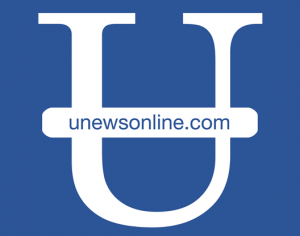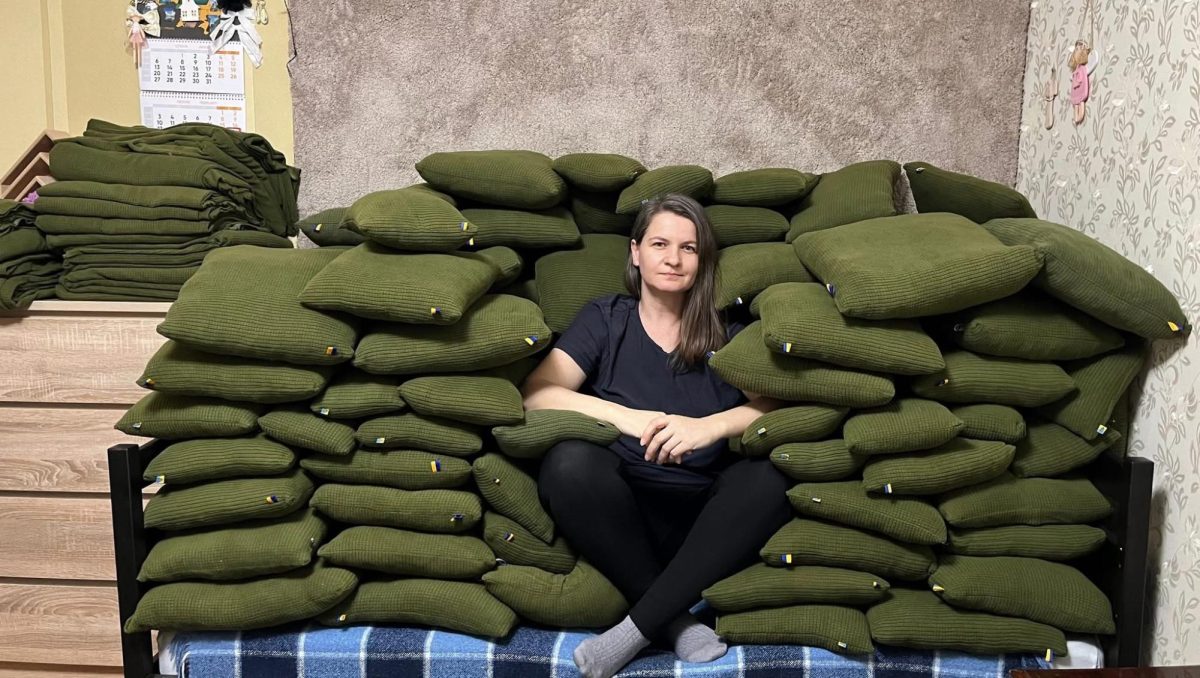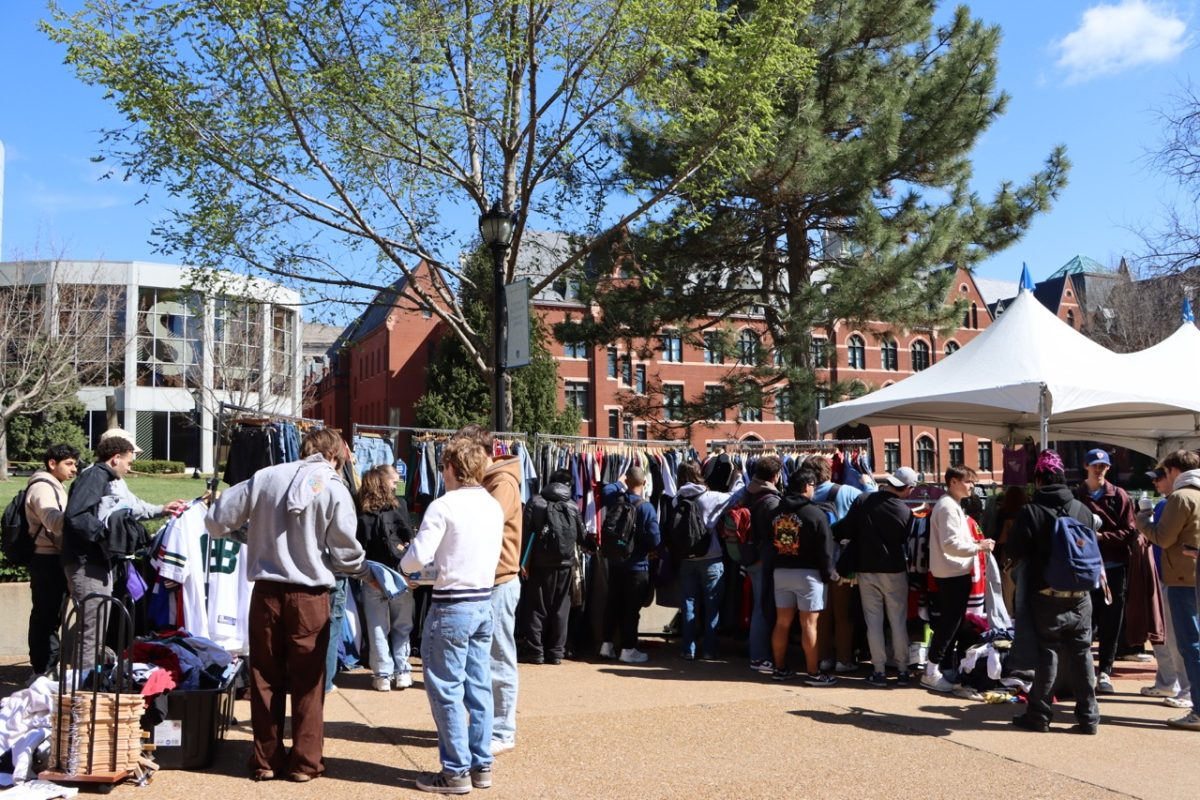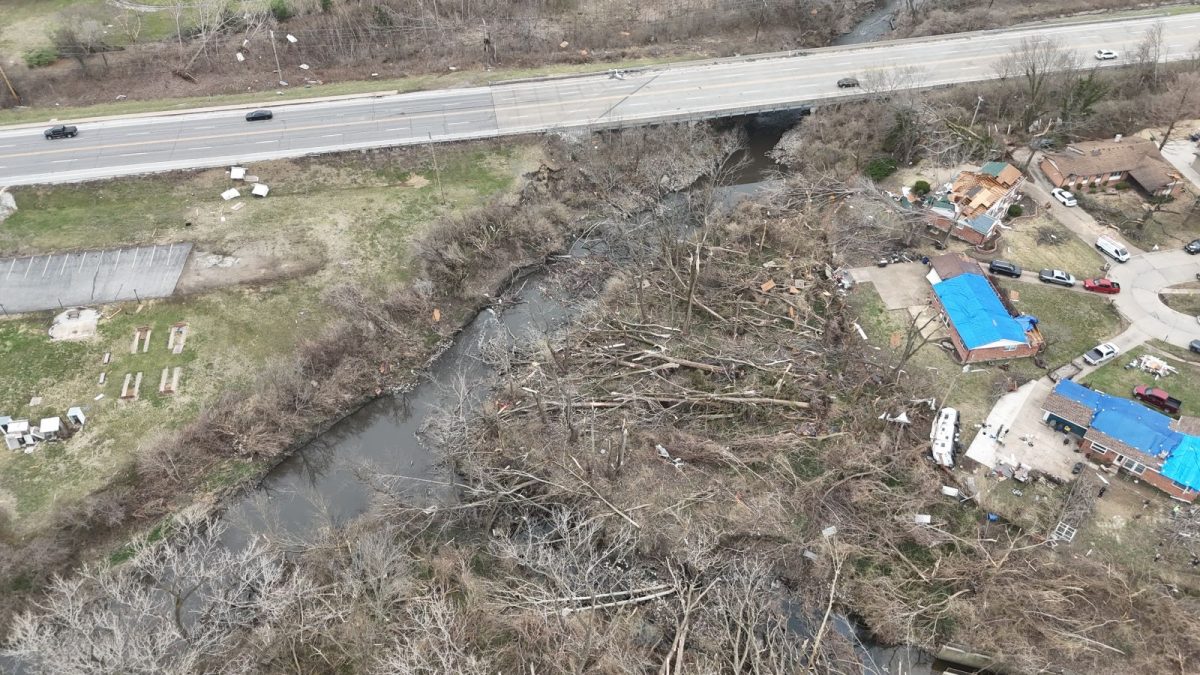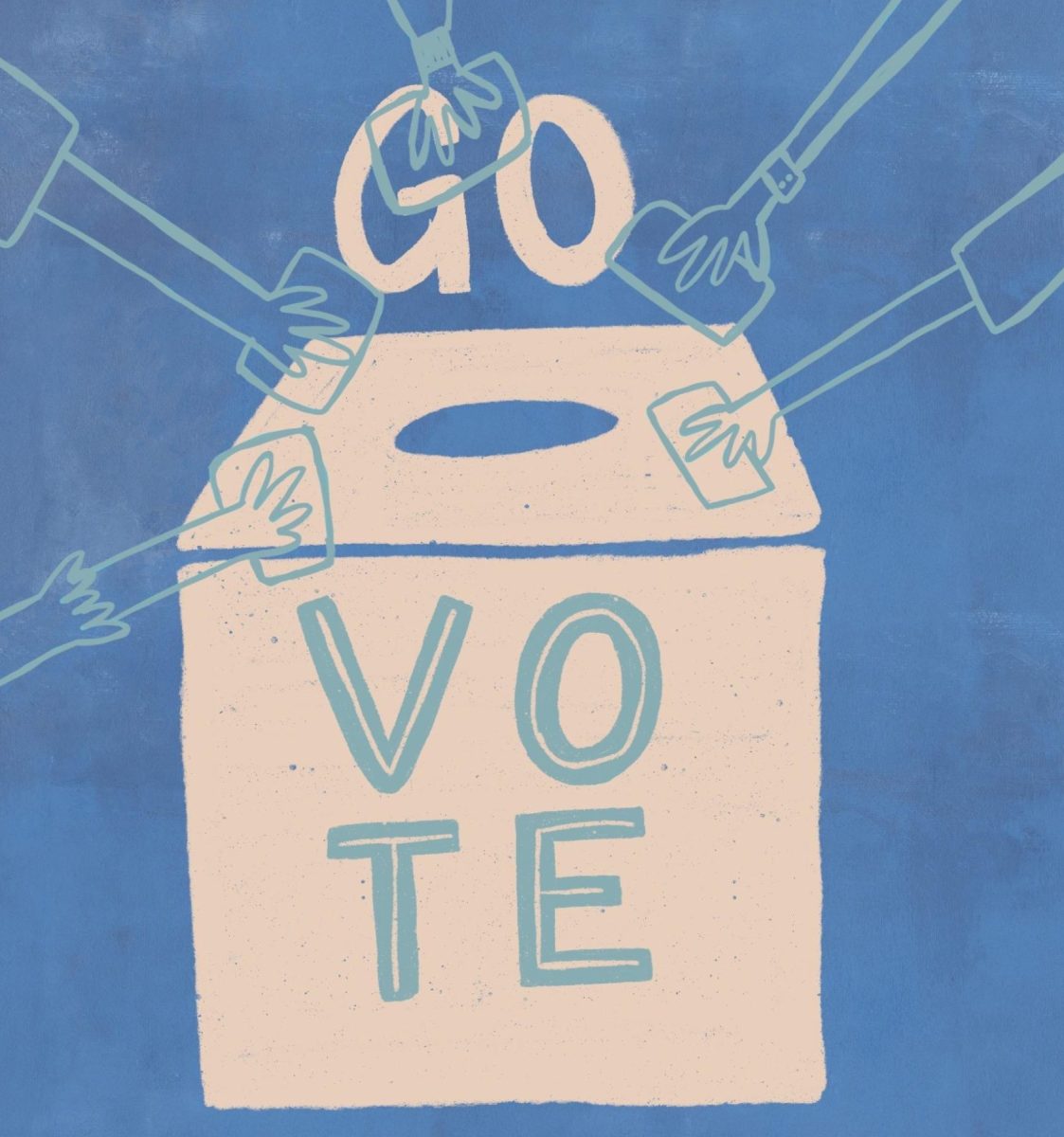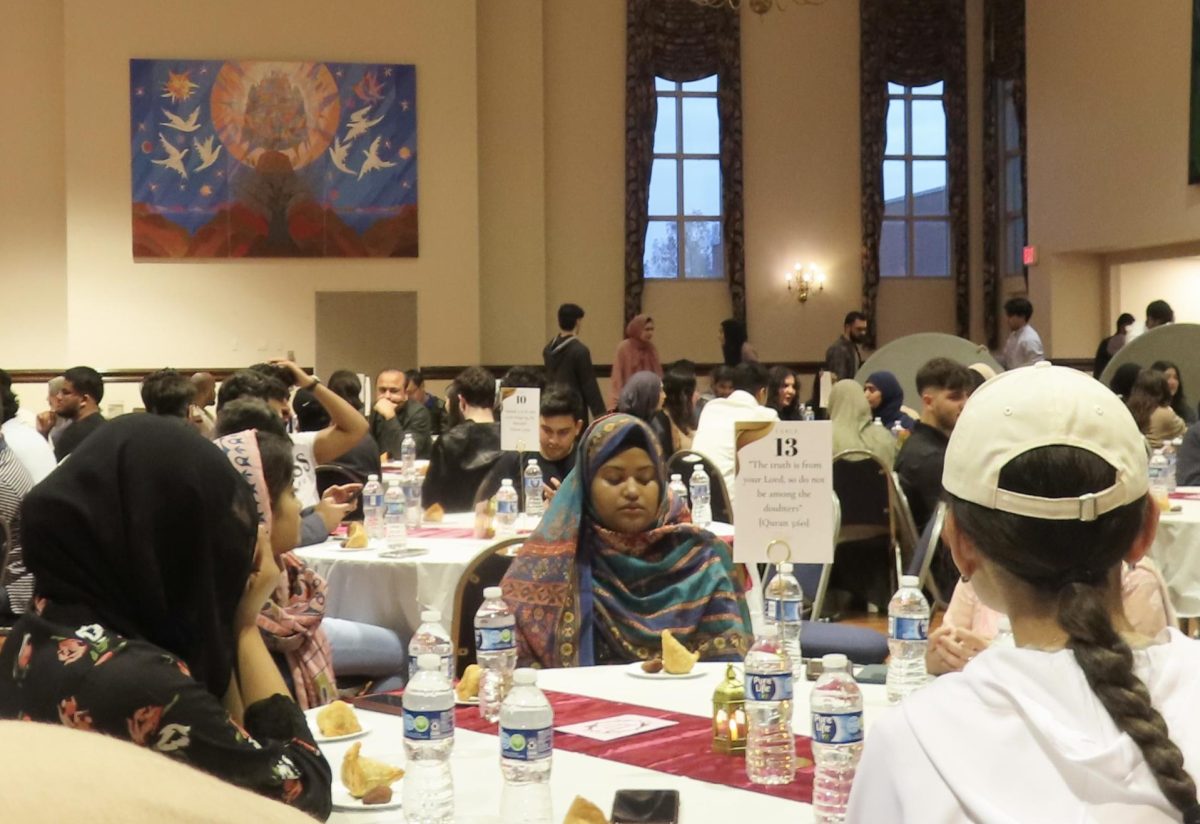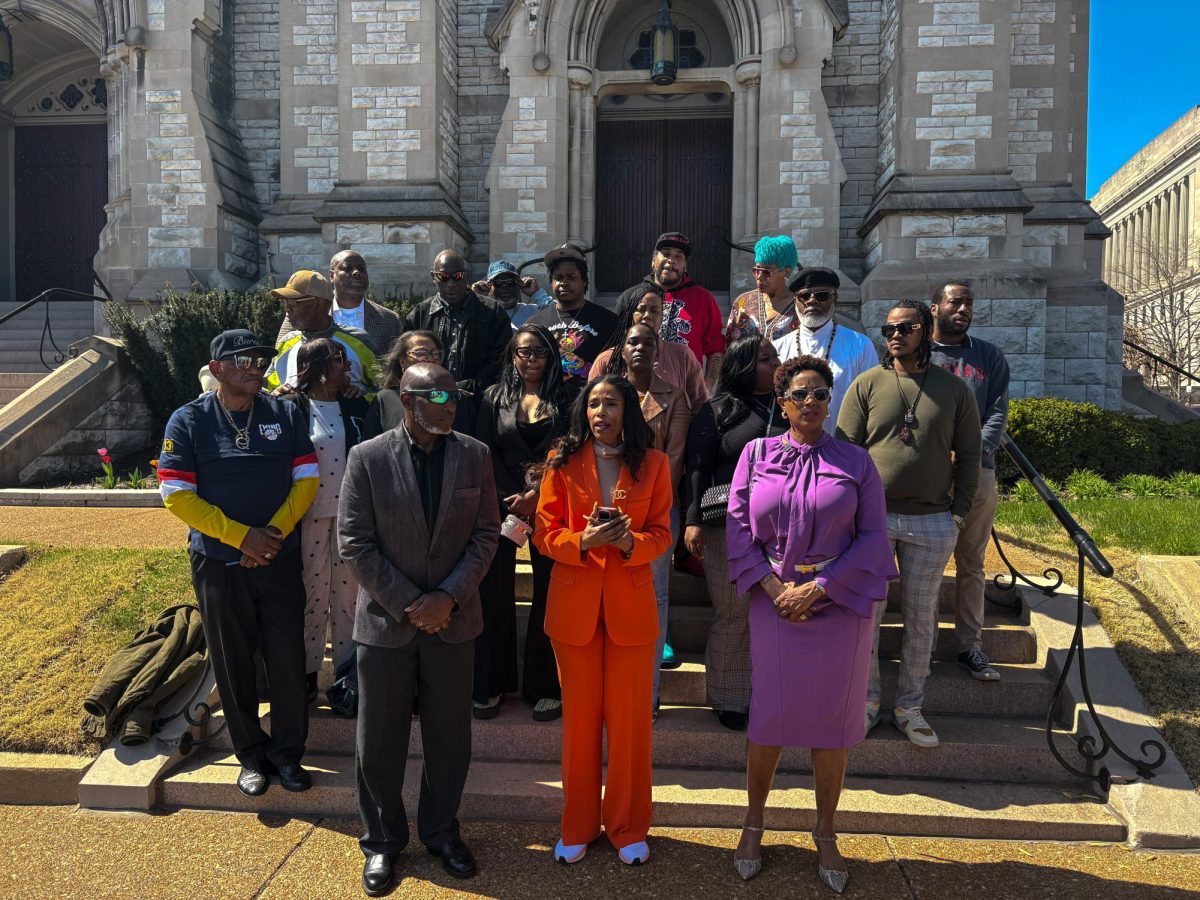In May of 2015, a racially biased exchange occurred between a current and former member of the Saint Louis University baseball team.
The conversation took place in a pitchers-only GroupMe, a group messaging application, while the team was on a trip to Washington D.C. The thread of messages included insensitive racial comments and stereotypes.
One player took a photograph of the messages and sent it to his roommate, Brenden Twomey, an African-American senior at SLU and former manager of the baseball team. Twomey viewed the message, but he kept the photograph to himself for almost a year.
“When I received that screen shot, obviously I knew it was wrong, but I was in a tough situation because I didn’t want to necessarily hurt anybody,” said Twomey. During his time as manager, from the start of the spring 2014 semester until the spring of 2015 semester, Twomey said he experienced a culture of racial insensitivity.
“You become close [to the players] because you do spend so much time with them, so you overlook [that],” he said, adding: “At the same time, I felt extremely disrespected. I knew there should be some sort of punishment, but I didn’t know how to go about that.”
It wasn’t until late March of 2016 that Twomey addressed the incident. His friend, Dominique Morgan, a fellow SLU student, saw the photograph of the conversation on his phone and prompted him to file a bias-related incident, which the University defines as “any act or behavior that is a violation of the Code of Student Conduct and/or the Policy on Harassment and reasonably believed to be motivated by a consideration (real or perceived) of race, sex, color, religion, national origin, ancestry, disability, age, sexual orientation, marital status, military status, veteran status, pregnancy, or any other protected classification.” On April 4, the pair filed the report with the Office of Institutional Equity and Diversity.
According to Dr. Mona Hicks, Associate Vice President and Dean of Students, the University handles bias-related incidents on a case-by-case basis.
However, she explained that in all incidents reported, the University documents the initial report and moves forward by gathering more information and context of the incident from all parties involved.
Hicks said in this case, after Twomey and Morgan filed the initial report, the pair spoke with the investigator, who was activated by the bias-incident response team, the next day, on Tuesday, April 5. But Hicks added that the case still warranted more investigation.
“Like in any investigation, we need to talk to all parties. In this case, some of those parties were not here. Either no longer enrolled [at SLU] or not in the city of St. Louis by the virtue of their role on campus, i.e. away game, away game, away game.” Hicks said. The baseball team was out of town for away games from April 5 to the 10.
By April 11, Twomey and Morgan had not received any additional information about the status of the report or the investigation, which they said lead them to assume that action was not being taken.
“We waited a week, and then we decided to contact BSA [Black Student Alliance],” said Morgan. “We went public because we felt like it was being swept under the rug.”
Morgan sent the photograph of the messages to BSA along with an email, supplying context from their perspective. Jonathan Pulphus, the incoming president of BSA, then posted both the photo of the messages and the email on Facebook, saying that the intention was to raise awareness about these events.
Although the reporting parties felt that seven days was too long not to hear back from the University, Hicks said that the this timeline was typical for these investigations.
“On Monday [April 11], we scheduled a meeting for Tuesday, and in the transition of Monday to Tuesday, that note became a writ-large notification to the campus because of the interpretation that there was too much time [that had gone by],” said Hicks.
“That was a misunderstanding on our parts. On my part, I think that’s quick.” Hicks has since met with Morgan and Twomey and updated the pair on the status of the report.
According to the bias-related incident-report log, the investigation into the incident was closed on April 7 and referred to Dr. Jonathan Smith, the Special Assistant to President Pestello for Diversity and Inclusion. It was also labeled not applicable for disciplinary action.
Due to the nature of the incident, since it was a private conversation rather than a message directed at one person, Hicks did not believe that it met the criteria for adjudication.
“If I were to directly state to you, ‘You suck because of all of your social identities that God gave you.’ That would be wrong. That would require some adjudication,” said Hicks. “We also need to respect laws. This was a private conversation, or at least the perception of private between in-group parties.”
Since the messages went public, the baseball team met with Hicks, Smith and other administrators to discuss the incident and the steps that would follow. The individual players involved and Head Coach Darin Hendrickson could not be reached for comment. However, the baseball team, collectively, has taken responsibility for the messages.
The team captains, Michael Bozarth, Josh Bunselmeyer, Matt Eckelman and Braxton Martinez, wrote a letter to The University News conveying their regret and apologies to the communities affected and the rest of the SLU community.
“The leaders and captains of the team would like to extend an apology to anyone offended by the bias messages. We, too, are frustrated and feel that the comments do not accurately reflect the values that we hold.
In light of the incident, the SLU Baseball program and athletic department are working to actively address and thwart any action that threatens our inclusive community.”
The baseball team has agreed to participate in a restorative justice process to make amends for the messages. This process will require the team, as well as the affected individuals, Morgan and Twomey, as well members of BSA, to engage in a facilitated dialogue.
“In this instance, we want to bring together parties that have been responsible for degree of harm with parties that have been harmed. In a restorative justice process, we bring those groups together to decide both what the nature of the harm is and what needs to be done in order for the community to be restored and in order for justice to be attained,” said Smith.
It is the University’s policy not to comment on any individual’s disciplinary action. Also, Smith said that the timeline for the restorative justice has not been established yet. That decision will be made by the parties involved.




